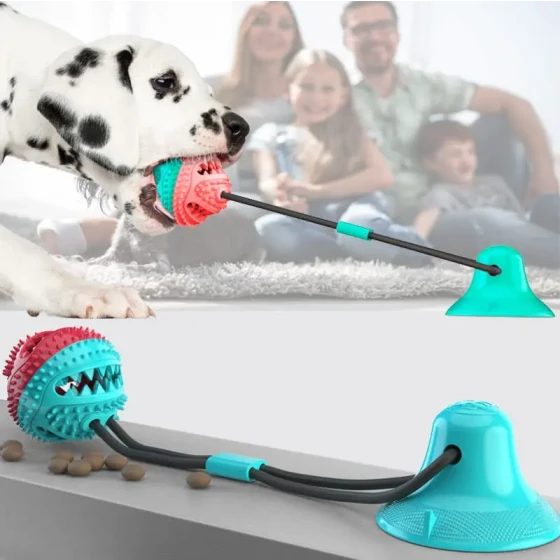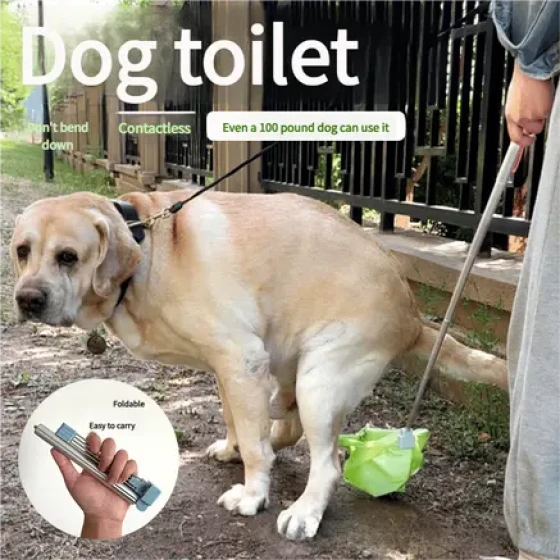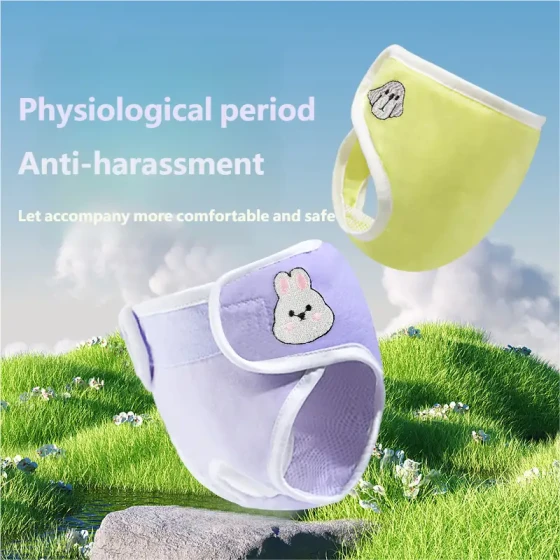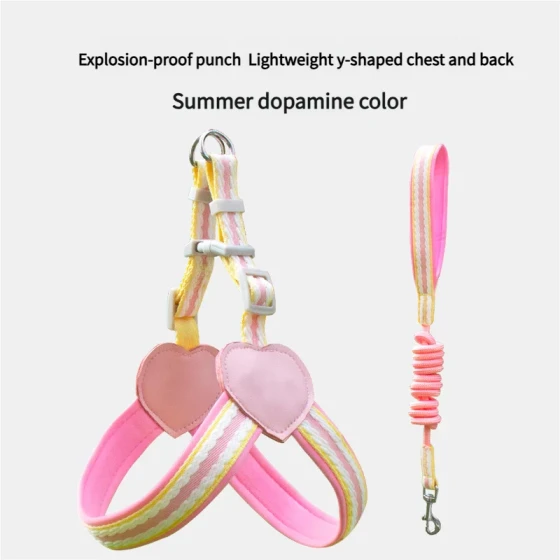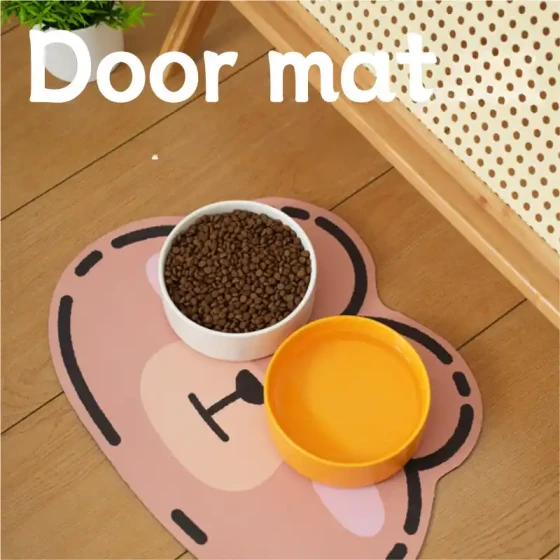Key Points for Feeding Giant Schnauzers
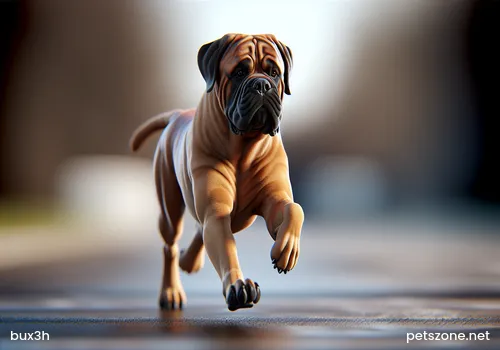
The Giant Schnauzer is the largest of the three Schnauzer breeds, so the amount of food it consumes daily should be more than the other two breeds. When raising it, you must scientifically feed it according to the Schnauzer’s living habits and physical characteristics. Regarding diet, high-quality dog food should be given at fixed times, and it must not share human food. There are three small tips for feeding Giant Schnauzers.
First, how much is appropriate to eat
Feeding only until the dog is 70% full is enough; do not overfeed it. Letting it lick the bowl as if it's reluctant to stop is ideal; eating too much combined with running and jumping after meals easily causes vomiting. Puppies kept in cages all year tend to treat eating as one of their rare entertainments, so they can be greedy as if starving—do not be fooled into thinking they are really hungry. However, dogs that always seem hungry but have low activity and poor excretion may actually be ill and should be taken to a vet. When changing dog food, do not switch all at once; mix half the new food each time and try for two to three days before gradually increasing the amount of the new food. After one week, fully switch to the new food. This allows the dog’s digestive system to adapt; otherwise, diarrhea may occur.
Many owners think dogs need to gnaw on bones, but gnawing on bones easily blocks the dog’s intestines, causing constipation, vomiting, and poor appetite. Chicken bones are especially forbidden because they are small and brittle, easily blocking the esophagus or piercing intestines. When feeding, be sure to provide plenty of clean water simultaneously; distilled or boiled water is not necessary as the dog’s stomach does not mind. In short, feeding on time, in fixed amounts, and at fixed places makes the puppy happy and the whole family joyful.
Second, feeding frequency and times
Daily feeding frequency is roughly as follows: from weaning to three months: three to four times; three to six months: two to three times; six months to one year: twice; over one year: once to twice.
Feeding times can be arranged according to your schedule, but feeding is not enough; you also need to consider time for walking the dog, bathroom breaks, cleaning the litter box, and washing bowls after meals. Wash the bowl immediately after eating to prevent food residue from attracting rats, cockroaches, ants, or spoiling due to sun and rain. Also, remove the bowl to prevent boredom resulting in the dog playing with or even biting the bowl. Regarding how much to feed, usually follow the instructions on the packaging and adjust based on whether there were leftovers from the previous feeding.
Third, types of dog food
Dog food mainly includes dry food and canned food; another type is snacks such as large biscuits, deodorizing biscuits, beef jerky, etc. Various brands have similar main nutritional components. Higher priced brands have special formulas tailored for different ages and breeds; it’s best to compare in advance.
Feed dogs dog food appropriate by growth stage. Puppies eat puppy food, adults eat adult food, elderly dogs eat senior food, overweight dogs eat food for overweight dogs—do not mix, to avoid being too fat or too thin. Dry food’s nutritional content is more stable and balanced; chewing helps clean tartar and relieves itching. But if the dog has urinary stones, try to avoid dry food unless it is prescription food for stones.
Canned food differs in nutrition depending on price. High-priced cans use better materials; low-priced cans often contain many unground organs. The advantage is that vitamin content is less likely lost, and palatability is better. The disadvantage is more meat causing stronger stool odor, and long-term eating can cause tartar.
Dry food is less tasty than canned food but easier to digest and leads to less smelly stools. Snacks are useful for training and as rewards when the dog performs correctly. Avoid giving dogs the snacks eaten by owners often, as they spoil the dog’s appetite. Gum, ice cream, cakes, and other sweets should be avoided as they cause cavities, stomach upset, and obesity. The biggest problem with too many sweets is causing dogs to lose appetite for regular meals.
-560x560.webp)
